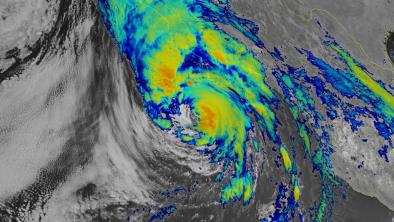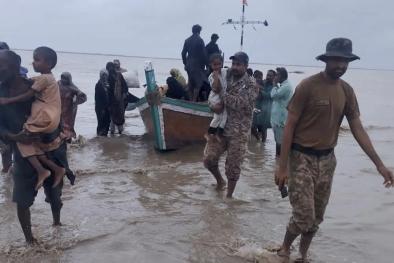Science Source
Intensification of premonsoon tropical cyclones in the Bay of Bengal and its impacts on Myanmar
- Analyzes multiple global reanalysis and precipitation datasets in order to explain the dynamic mechanisms that lead to an observed intensification of the monsoon trough and associated tropical cyclone (TC) activity over the Bay of Bengal (BOB) during the premonsoon month of May
- Finds that post‐1979 increases in both premonsoon precipitation and TC intensity are a result of enhanced large‐scale monsoon circulation, characterized by lower‐level cyclonic and upper‐level anticyclonic anomalies
- States that such circulation anomalies are manifest of the tropospheric expansion that is caused by regional warming
- Finds the deepened monsoon trough in the BOB not only affects TC frequency and timing, but also acts to direct more cyclones towards Myanmar
- Suggests that increasing sea surface temperature in the BOB has contributed to an increase in cyclone intensity
- Analyses of the Community Earth System Model single‐forcing experiments suggest that tropospheric warming and a deepening of the monsoon trough can be explained by two discreet anthropogenic causes—an increase in absorption due to aerosol loading and an increase in the land‐ocean thermal contrast that results from increased greenhouse gases
- Concludes that ensuing circulation changes provide favorable conditions for TCs to grow and to track eastward towards Myanmar
Related Content
Science Source
| Scientific Reports
Observed increases in North Atlantic tropical cyclone peak intensification rates
Andra J. Garner
Headline

Aug 22, 2023 | Climate Nexus Hot News
Hilary Breaks 'Virtually All Rainfall Daily Records'
Headline

Aug 22, 2023 | Climate Nexus Hot News
First SoCal Tropical Storm Since '39 Drops Years Worth Of Rain
Headline

Jun 14, 2023 | Climate Nexus Hot News
Heat Stifles Bangladesh Tea Pickers, India/Pakistan Prep For Cyclone


